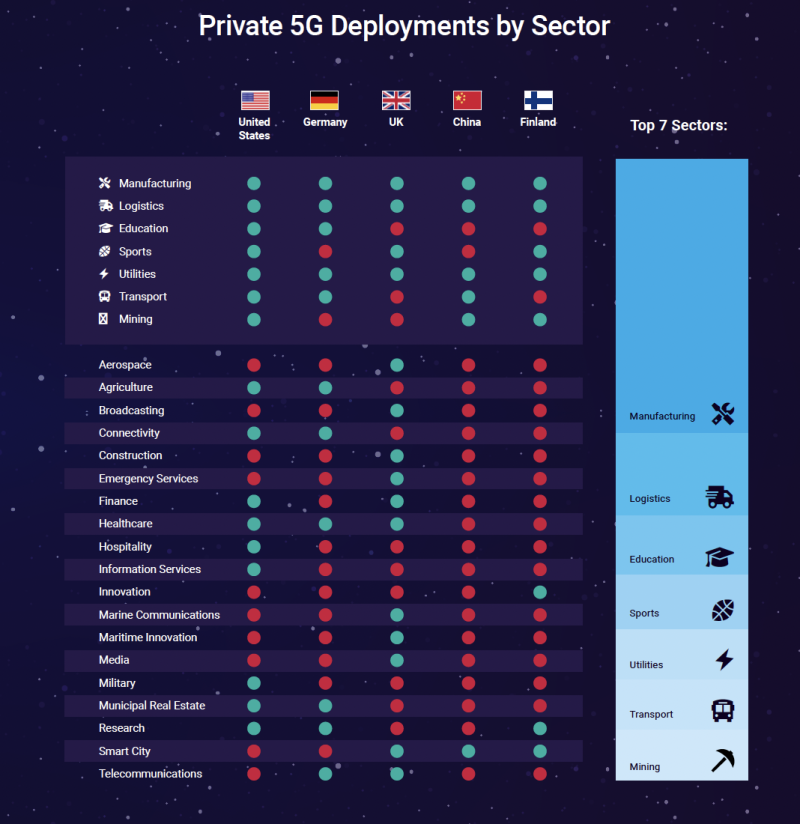Network test and monitoring company Viavi said that 45 5G standalone (SA) networks were in place as of January 2023.
The company revealed the figure as part of its annual “The State of 5G” report, which indicates further growth in pure 5G networks, infrastructure that uses a 5G core rather than a 4G LTE control plane to manage calls, subscriber data and more.
Previously, analysts at the Dell’Oro Group had said that 39 5G SA networks were launched at the end of 2022. Viavi noted that there were just 24 5G SA networks globally in January 2022.
“With a near doubling of 5G SA networks, more operators will start to realize more of the long-promised commercial benefits of 5G, while consumers and businesses in those countries may start to notice improved network speeds,” Viavi said.
The company, naturally, didn’t reveal what those long promised commercial benefits were. Silverlinings, however, can point to Telstra’s recent use of network slicing to enable multiple guaranteed cellular upload and download speeds on a construction site in Australia as a benefit, and something that couldn’t be done without 5G SA.
From small standalone acorns, large, noisy, dusty workplaces grow
Viavi also noted that “the manufacturing sector has emerged as the clear leader for private 5G networks globally, with 44% of the publicly announced deployments, followed by logistics, education, transport, sports, utilities and mining.”
Generally, Viavi claimed that “5G connectivity had reached a tipping point globally as 5G networks are now active in 47 of the world’s 70 largest economies by GDP.”
See below for a visual outtake from the vendor’s research.

O artigo original pode ser consultado em:
